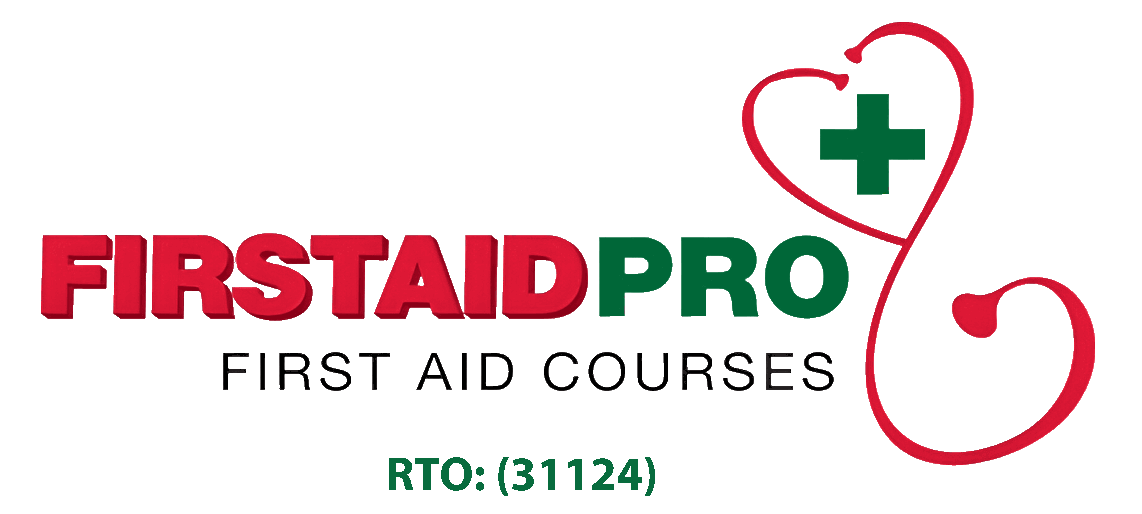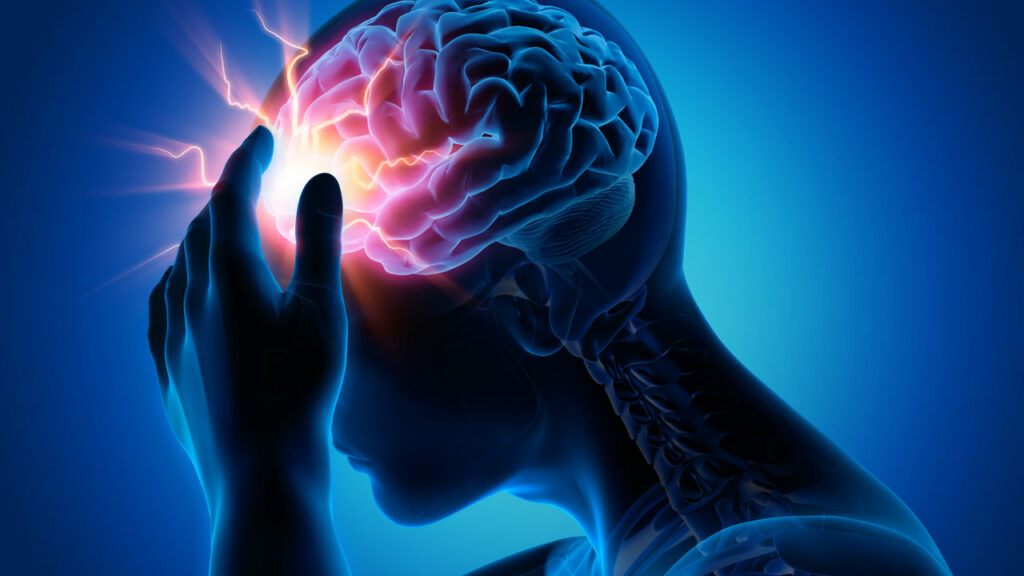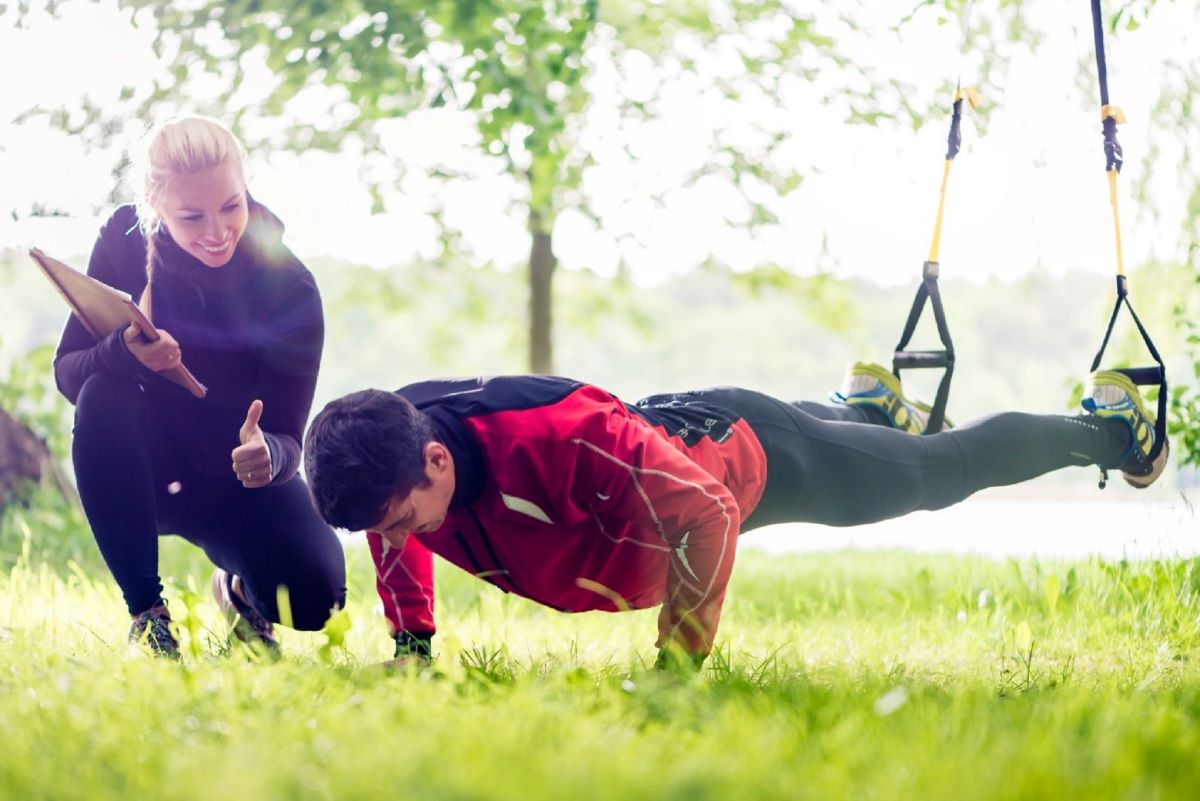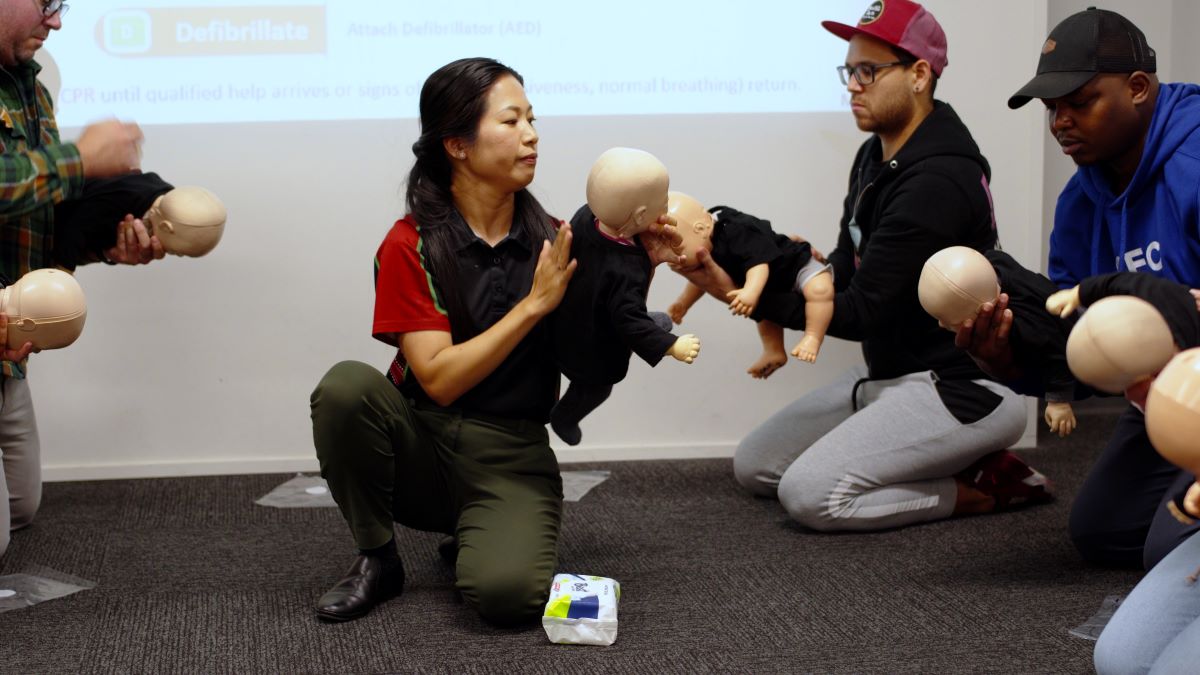Every second counts in a stroke emergency, and what you do in those critical moments can potentially save someone’s life.
What is a Stroke?
A stroke is a serious medical emergency that occurs when a blood vessel bursts in the brain or creates a blood clot that blocks the blood supply to certain parts of the brain.
Stroke is one of the leading causes of death and a major cause of disability in Australia. People who are experiencing this condition may suddenly be unable to walk or talk. The person may also appear confused and have general weakness on one side of the body.
For untrained bystanders, this can be a frightening experience. If you have no prior knowledge about this condition, you may not know how to respond.
Because a stroke can be life-threatening and can lead to a wide range of complications, recognising the signs and providing first aid treatment is essential.
If you suspect someone is having a stroke, here’s what to do during this critical time.
Signs and FAST Recognition of Stroke
The acronym FAST has been used for many years to detect stroke symptoms easily.
FAST stands for:
- F stands for face, in which you can see a drooping or numbness on one side of the victim’s face than the other.
- A stands for Arms, where one arm experiences weakness and numbness more than the other. Ask the victim to raise both arms and ask them to hold for a count of ten.
- Speech. Ask the victim to say a simple phrase and listen for any slurred or strange-sounding words.
- T. Time is critical in a shock emergency. Call triple zero (000) immediately for assistance.
If you or someone else starts showing FAST signs, do not wait. Quick first aid treatment is crucial for victim survival and recovery.
What to do When Someone is Having a stroke
Call an ambulance
The first instinct after having the symptoms is to drive the victim to the hospital. But in this situation, it is best to call 000 to notify the emergency dispatcher that the person is experiencing stroke symptoms.
Paramedics are well-trained and equipped to handle different types of emergencies. They can offer lifesaving assistance through the phone and on the way to the nearest hospital, which can help reduce the damaging effects of this condition.
Put them in a recovery position.
Ensure the victim is in a safe, comfortable position, with their body lying on one side. Put their head in a slightly raised position and provide support in case they vomit.
Check for breathing
Check to see if the person is breathing. If they have trouble breathing, try to loosen any constrictive clothing and jewellery, such as ties, scarves and necklaces.
If this does not resolve the breathing difficulties, prepare to administer CPR.
Perform CPR
Some people may render unconscious during a stroke. When this happens, check if they are still breathing. If no pulse is observed, start performing CPR.
How Can I Prevent Another Stroke?
There is a higher chance of reoccurrence if you have had a history of stroke in the past. It is why it’s important to treat any underlying causes of stroke, including heart disease, high blood pressure, atrial fibrillation, high cholesterol levels, and diabetes.
The doctor may prescribe medications and recommend lifestyle changes in both your diet and exercise.
Conclusion
A stroke is a life-threatening emergency, and the worst thing you can do is to wait until symptoms improve. The longer a victim goes without help, the more likely they will be left with long-term complications.
However, with early recognition of FAST signs and immediate treatment, the person will have a much better chance of a smooth recovery.
To help you gain skills and knowledge about this disease, including its symptoms and treatment, consider taking a first aid course.
Visit our page to find out more.







